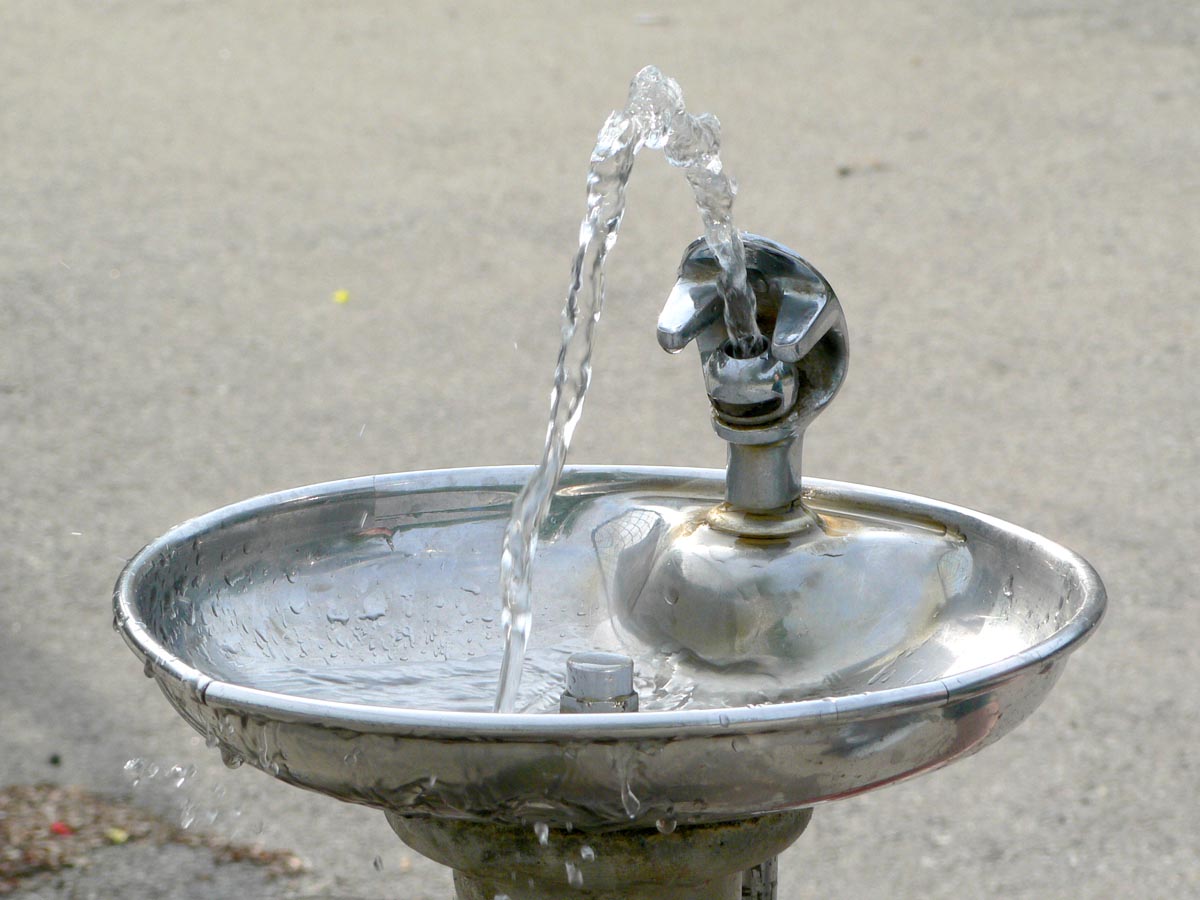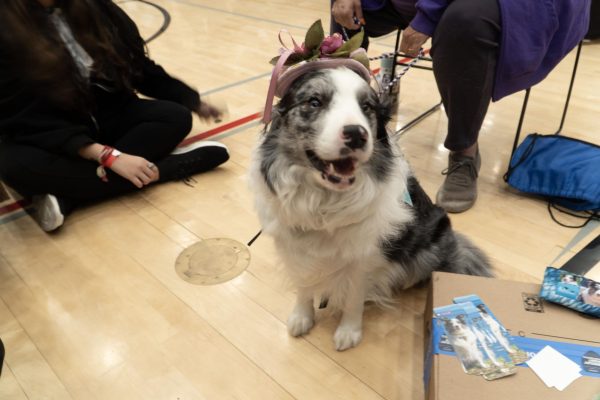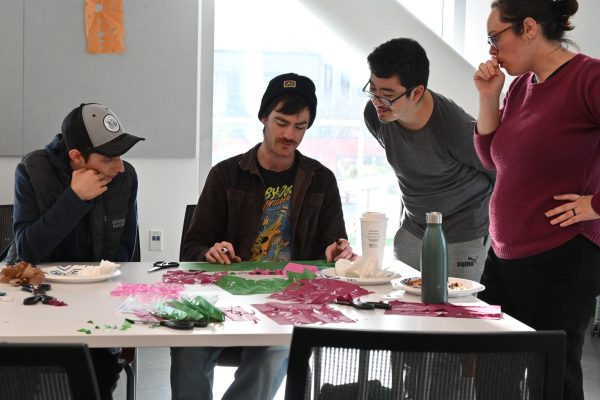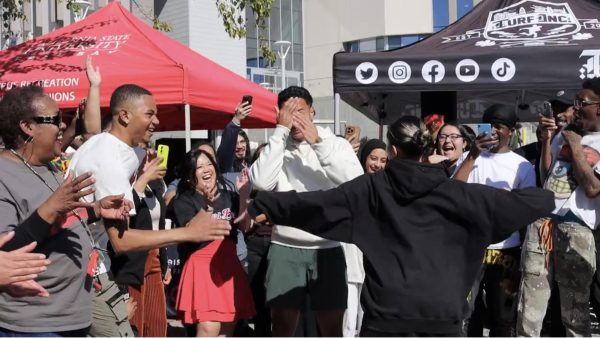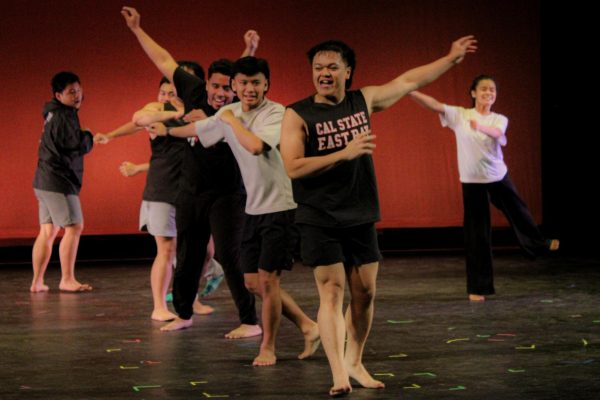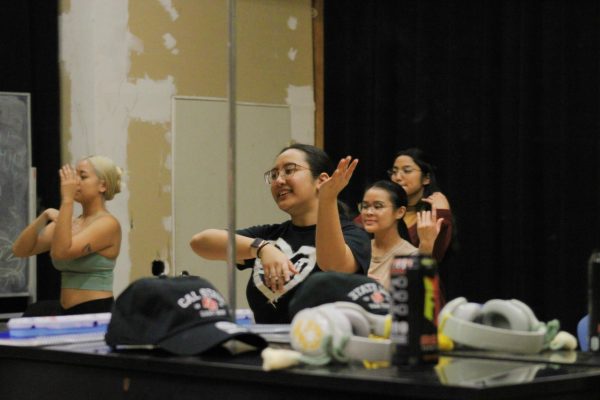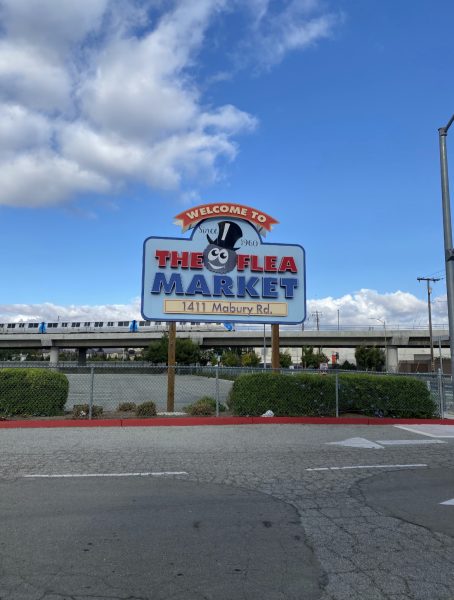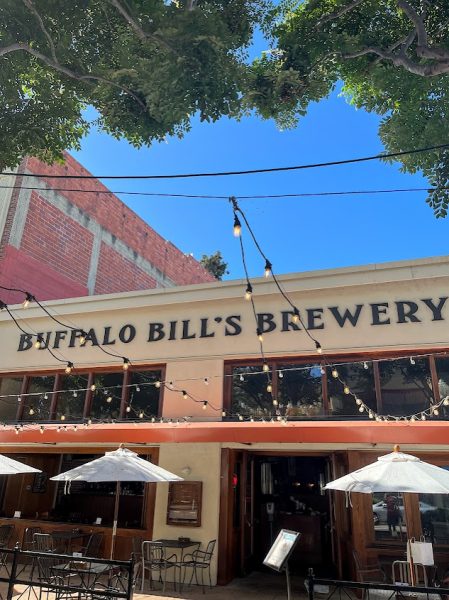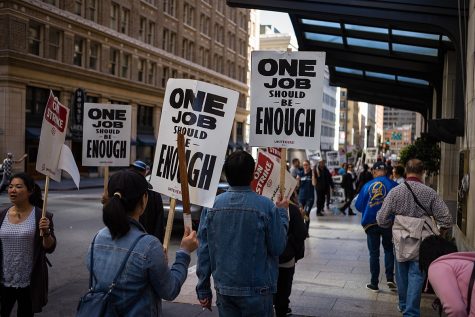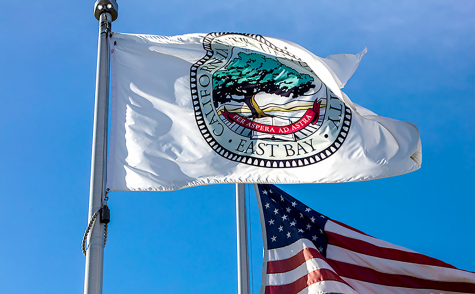Does CSU East Bay have questionable water quality?
On several occasions, Reza Khorasani, finance vice-president for Associated Students Inc., complained to university officials at Cal State East Bay about the drinking water on campus.
Since February, in meetings with student government officials and university President Leroy Morishita, Khorasani said he had seen discolored water in the science buildings and noticed a metallic taste when he drank the water. To Khorasani’s knowledge, however, no efforts have been made to address his concerns.
However, according to Donna Placzek, the university’s director of environmental health and safety, no formal complaints have been submitted regarding water quality issues on campus.
Water quality tests are only performed on the CSUEB campus “if deemed necessary,” such as during construction, according to Placzek.
Severed water line in campus library
Formal complaints about water or related concerns must be filed online through the CSUEB website using a Title IX link to a form called Blow the Whistle on Government Fraud, Waste, and Abuse, which is then presented to Senior Investigator Shirley Mar from the Department of Investigations.
However, according to Associate Vice President of Risk Management and Internal Control Nyassa Love Johnson, anyone within her department can receive them depending on a multitude of variables about the complaint, and once that is done, they contact facilities to check on the issue at hand.
The last water quality test that took place on the CSUEB campus was on Aug. 28, 2013 after the collapse of Warren Hall severed a water line in the Library. Built in 1971, Warren Hall was deemed the most seismically unsafe building in the CSU system by the CSU Seismic Review Board. Forensic Analytical Laboratories Inc. tested eight samples from the University Police Department and the first and second floors of the Library, which shared the same water line as Warren Hall. The group tested for copper (Cu), iron (Fe), nickel (Ni) and lead (Pb), and determined that eight of the samples from 2013 were within federal limits.
Hayward purchases its water from the San Francisco Public Utilities Commission, with about 85 percent of the water coming from the Hetch Hetchy watershed and the remaining 15 percent from the Alameda Watershed located in the East Bay, according to The City of Hayward’s website. According to CSUEB Director of Sustainability Jillian Buckholz, the CSU East Bay campus receives its water from the same sources, and water tests are done annually, according to the city of Hayward.
“Take Back the Tap”
This Spring, the Pioneer conducted an informal survey of facility workers and students about water quality on campus. Those interviewed anecdotally described instances of yellow-colored water and blamed the poor conditions of pipes in older buildings on campus, but none ever filed a formal complaint or were aware of the process of doing so.
CSUEB student Vanessa Cha, an intern for the CSUEB Director of Sustainability, believes that people’s thoughts about the water on campus are purely related to word-of-mouth. This winter Cha conducted a “Take Back the Tap” campaign, meant to encourage people to drink the water on campus by proving that the water quality and taste met the people’s standards.
In February, Cha asked roughly 65 students on campus to participate in water taste tests. She found that 63.1 percent of them could not tell the difference between bottled water and tap water. The remaining 36.9 percent of students who could tell the difference consumed tap water more regularly. And yet, even Cha said that she did not trust the water in the science buildings — the same buildings Khorasani complained about — mainly because of what people have told her anecdotally about their experiences.
389 water bottles each month
Out of the 10 water fountains in Meiklejohn Hall, some on the east side have been non-functioning for some time. The new fountains that have been installed have not been equipped with filters yet, because the university is waiting for a quote, according to Supervising Plumber Eldrick Oubre. Once filters are put on, they will need to be changed every three months, Oubre said.
During construction, like the work underway in the science buildings, construction crews are supposed to run faucets to allow the water to clear to stop contaminates, but according to Student Affairs Associate Vice President Martin Castillo, “that doesn’t always happen.”
Nestle and Arrowhead Water trucks drop off 389 3 to 5-gallon water bottles to each building according to a Cathleen, a Nestle Accountant. The retail cost of one bottle is averaged at about $4 dollars bringing the total to $1,513 per month, or roughly $18,000 per year.
All tap water in the United States is regulated by the Environmental Protection Agency (EPA) and every state must meet certain criteria put in place by the Safe Drinking Water Act of 1974. This act “set maximum contaminant levels and/or treatment technique requirements for over 90 different contaminants in public drinking water” according to the Center for Disease Control (CDC). Some of these contaminants include microorganisms, disinfection byproducts, inorganic and organic chemicals, and radionuclides.
According to the CDC, the U.S. has one of the safest drinking water sources compared to other countries. However, water contaminations can still occur which includes sewage releases, naturally occurring chemicals and minerals, land practices, manufacturing processes, and malfunctioning on-site wastewater treatment systems.
According to Placzek, CSUEB has great water that is received from SFPUC, and without a formal complaint actions cannot be taken to investigate an issue.


